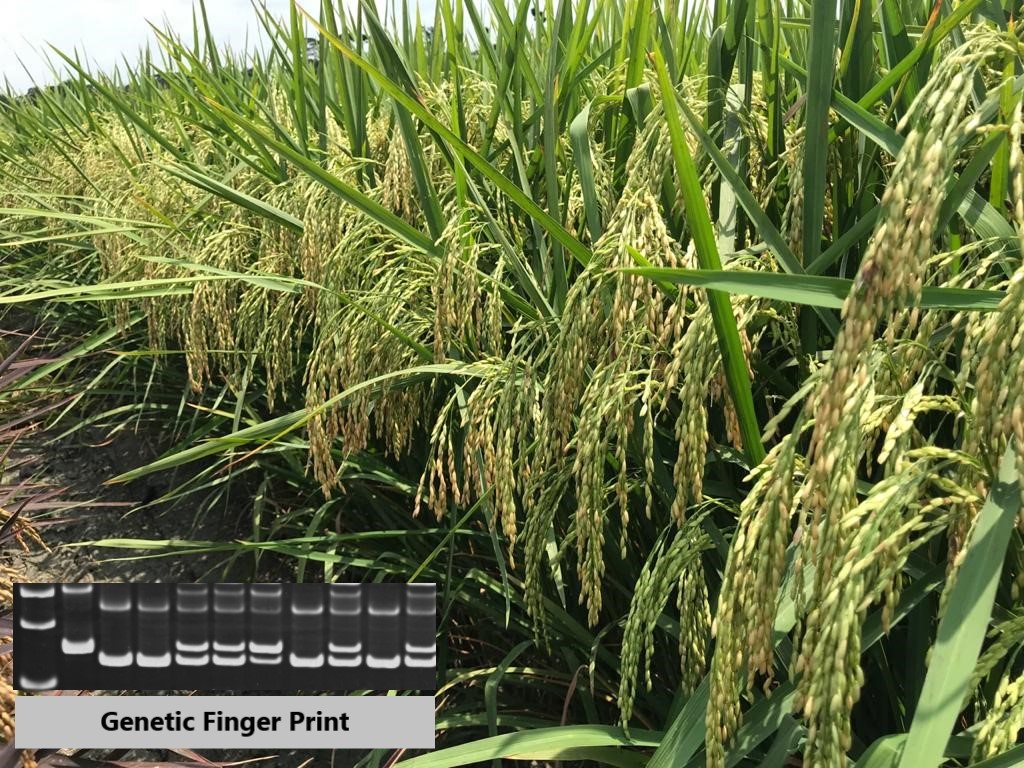A recent article in Bonik Barta published on 8th July, 2020 based on a World Bank Report stated that farmers in our country make a profit of 9,690 Tk per hectare during Aman season whereas in Boro season farmers incur a loss of 6,035 Tk per hectare. The study was based on HYV varieties therefore profitability for hybrid rice could be even higher. Since Aman is rain-fed, cost of irrigation is marginal. Additionally harvesting in dry season saves a lot of wastage. Furthermore, grain quality superiority which includes higher yield and short duration ensures better price for the farmers.
In the beginning of the 20th century mostly Chinese variety hybrid rice was introduced in Bangladesh. Since these varieties were coarse coupled a cooking quality which did not cater to the local taste as a result general public did not accept it hence hybrid rice as a brand was never marketed. However in the recent past, a dynamic change in rice genetics occurred in hybrid rice in Aman. There are 17 breeds of superior quality hybrid Aman rice registered in Bangladesh that cater to local taste.
If 50% of the Aman rice surface area could be brought under hybrid coverage in Aman targeting average yield of 6 metric ton in next 5 years, we can reduce the surface area of Boro rice substantially. This practice along with the short duration characteristic of the variety will lead to the release of acreage for growing other important crops like maize, pulses, spices, medicinal crop and vegetables during Rabi season. All these will further contribute to the farmers’ profitability and save foreign currency by avoiding import dependencies.
To popularize hybrid rice in Aman season among farmers’ community, incentivizing and promoting the variety through the agriculture extension system using digital platforms can be an effective tool.
Dr. F H Ansarey
Managing Director & CEO
ACI Agribusiness




